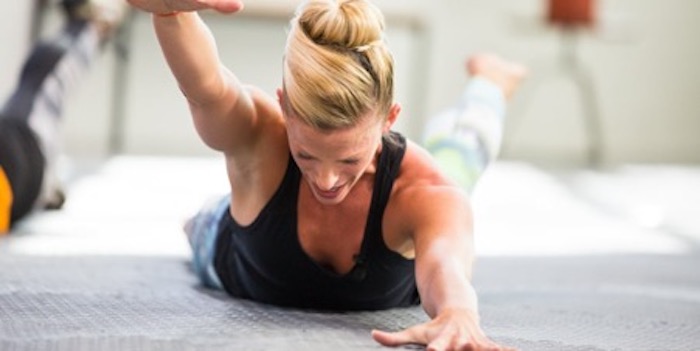
Whether it's a herniated disc, spinal stenosis, or strained muscles, it can take some time to diagnose and treat the causes of back pain. And all the while, you're trying to navigate health insurance, work and family life, and everyday stressors in addition to your back pain.
1. Let Your Spine Really Rest While Sleeping
While you're lying down, all the structures in your spine that have worked hard all day finally have an opportunity to relax and be rejuvenated. To make the most of this time, you need a mattress and pillows that allow your spine to rest in a supported and comfortable way.
Some tips to consider when sleeping include:
- Use a firm or medium-firm mattress. Most people benefit from having a mattress that’s firm enough to support their spine, rather than an old or soft mattress that allows the spine to sag. As long as you're choosing a mattress to ensure the best support and sleeping position for your condition, there are many available types that can be helpful.
- Keep your spine naturally aligned. For back sleepers, try placing a pillow beneath the knees to reduce stress on the lower back. For side sleepers, try placing a pillow between the knees to keep the hips balanced. Some people may also benefit from a neck pillow that supports the cervical spine. Experiment with a few different types of pillows to see what you find most comfortable.
Getting good sleep is important and prepare for a new day of handling heavy spinal loads.
2. Exercise Your Core to Strengthen Abs and Back Muscles
Your core muscles located in your lower back and abdomen need to be strong and supple in order to support your spine and take pressure off your lower back.
Unfortunately, for most of us, our core muscles are rarely used enough during everyday activities. These muscles need to be toned through specific, targeted exercises. Check with your doctor, physical therapist, or other health professional to learn which exercises may be appropriate for you. Many core exercises to help reduce back pain are also available on this website.
3. Your Shoes Need to Support Your Spine
Whether you're walking for exercise or just to get where you're going, the shoes you wear play an important role in supporting your lower back. Good shoes provide a supportive base that helps the spine and body remain in alignment. For example, make sure the area of the shoe that fits the back of your heel is snug, but not overly tight. A good fit prevents overpronation or supination or too much rolling of the foot to the outside or inside.
Also, consider using shoe orthotics or inserts if you need further balance or support.
4. Enjoy the Benefits of Massage
A good back massage has a number of therapeutic benefits, such as increasing blood flow, loosening tight muscles and connective tissues, and boosting feelings of relaxation. While a massage does not need to be vigorous to be soothing, some evidence suggests that a moderate-level massage offers more stress-relief benefits than a light-touch massage.
While it's not the same as going to a massage therapist, having a massage chair in your home can be a practical and easy way to get some of the benefits of shiatsu or Swedish massage.
5. Practice Good Ergonomics While Sitting and Limit Total Sitting Time
The discs in your lower spine are loaded more while sitting than standing, so long periods of sitting can create or aggravate a painful back condition. Moreover, when sitting at a desk and/or looking at a computer screen, our natural tendency is to slouch and lean forward, stressing our lumbar discs even more.
Choosing the right office chair and practicing good posture while seated plays important roles in supporting the natural curves of your back.
It's also important to do whatever you can to avoid sitting for long periods. Get up to stretch and walk around at least once an hour, try working at a standup desk intermittently during the day, or get up and pace around when talking on the phone. The spine is meant to move to stay healthy, and movement fuels the spine with healthy nutrients.
The topics covered here are simple ways to help support your spine and overall back health. Even when you are in serious pain and are undergoing extensive medical treatments, try to remember the simple things you can do for your back even small changes can help with the healing process over time.
Precision Pain Care and Rehabilitation has two convenient locations in Richmond Hill – Queens and New Hyde Park – Long Island. Call the Richmond Hill office at (718) 215-1888, or (516) 419-4480 for the Long Island office, to arrange an appointment with our Interventional Pain Management Specialist, Dr. Jeffrey Chacko.













